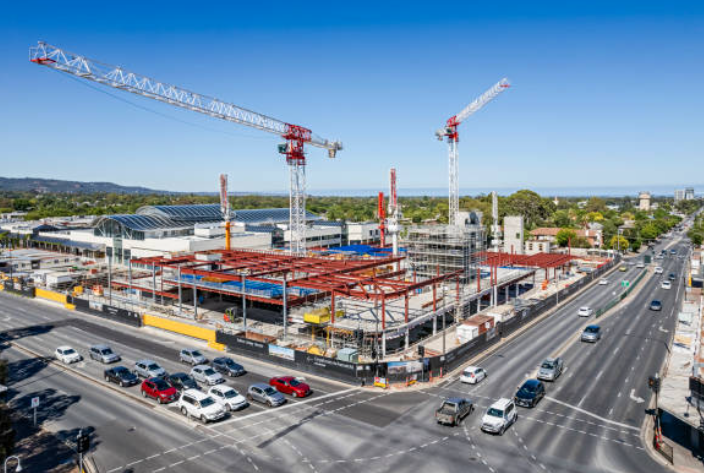
Posted on Friday, October 11, 2024
In Australia, the construction and manufacturing sectors are critical to the economy, with an increasing demand for efficient supply chain solutions. Roll forming machines play a vital role in enhancing these supply chains by streamlining production processes, reducing lead times, and improving product quality. Here’s how roll forming technology contributes to efficient supply chains across these industries:
Roll forming machines are designed to produce continuous lengths of metal profiles with consistent precision. This automation reduces the time spent on manual labor and minimizes the need for secondary processing. By efficiently producing components such as steel framing, roofing panels, and structural parts, manufacturers can meet tight project deadlines without compromising quality.
One of the significant advantages of roll forming is its ability to minimize material waste. The process uses metal coils, which can be shaped into desired profiles with little scrap generated during production. This reduction in waste not only contributes to environmental sustainability but also lowers material costs, enhancing the overall profitability of projects.
Roll forming technology supports just-in-time (JIT) manufacturing practices, which are essential for maintaining lean inventory levels. Manufacturers can produce components as needed, reducing the costs associated with storing large inventories of finished goods. This flexibility allows businesses to adapt quickly to changing market demands and customer preferences, leading to more responsive supply chains.
Roll forming machines are equipped with advanced technology that ensures consistent quality throughout the production process. By using computerized systems for monitoring and adjusting parameters, manufacturers can achieve high precision in their products. This reliability in quality reduces the likelihood of defects and returns, thereby enhancing customer satisfaction and trust.
With the capability to produce high volumes of metal components quickly, roll forming machines significantly shorten turnaround times. This speed is particularly beneficial in the construction sector, where project timelines are often critical. By delivering components faster, manufacturers can facilitate quicker assembly on-site, leading to timely project completion and reduced labor costs.
Roll forming technology encourages local manufacturing, which is increasingly important in Australia’s supply chain landscape. By producing components locally, businesses can reduce transportation costs and lead times associated with importing materials from overseas. This localization of production enhances supply chain resilience and supports local economies.
Roll forming machines offer the flexibility to create customized profiles based on specific project requirements. This adaptability allows manufacturers to cater to diverse client needs, whether it’s unique architectural designs in construction or specialized components in manufacturing. The ability to produce tailored solutions enhances customer satisfaction and strengthens business relationships.
Roll forming machines significantly impact the efficiency of supply chains in Australia's construction and manufacturing sectors. By streamlining production processes, reducing waste, and enhancing quality control, these machines enable manufacturers to respond quickly to market demands while maintaining high standards. As businesses increasingly adopt roll forming technology, they can build more resilient supply chains that support sustainable growth and innovation in the Australian economy.

32/1000 Box Profile Roll Forming Machine – Complete Guide & Specifications
Posted on Sunday, November 16, 2025
High-performance 32/1000 box profile roll forming machine for roofing and cladding. Full specifications, profiles, applications, pricing

PBR / R-Panel Roll Forming Machine – Complete Guide & Specifications
Posted on Sunday, November 16, 2025
PBR / R-Panel roll forming machine for roofing and wall cladding. Full specs, profiles, applications, pricing, and global buying guide. Built to order.

Posted on Sunday, November 16, 2025
How to Diagnose and Fix the Hidden Electrical Problems That Cause Downtime
Copyright 2025 © Machine Matcher.